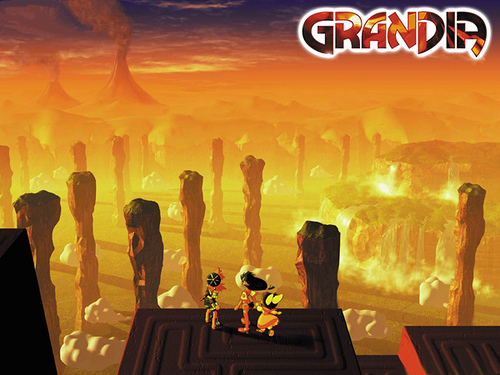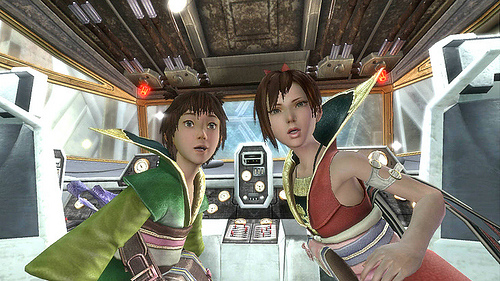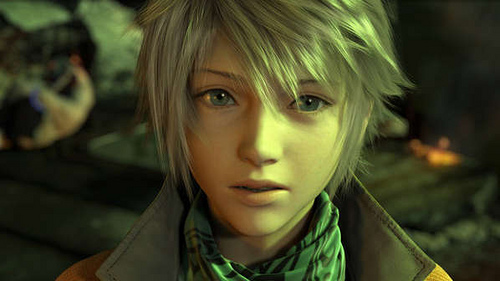This post has not been edited by the GamesBeat staff. Opinions by GamesBeat community writers do not necessarily reflect those of the staff.

The choice to include children in video games is a difficult one. Most avoid them altogether, while others only include them in limited capacities. But some titles make children playable characters, sending them on globe-spanning adventures, pitting them against militaries and monsters, and ultimately turning them into murders and terrorists.
Back in 1999, Grandia dropped a bombshell by revealing that 8-year-olds can’t go on world-spanning adventures (contrary to popular depiction). According to the classic PlayStation RPG, if you want to run away from home, travel the world, take down the military, and single-handedly save the world, you have to be at least 14.
And that's just scratching the surface. Read on for more examples of teenaged terrorists and murdering mama's boys.
Skip ahead to 2001, where Zone of the Enders lowered the bar by introducing a 12-year-old who didn’t want to fight in a war and kill people. Because he exists in a video game, he did anyway; he just whined about it the whole time. Unfortunately, no one wanted to play a title where children act like children.

Don't mind them…they're just hijacking a train.
In 2008, Lost Odyssey introduced Kaim, an amnesiac immortal who stumbled upon his grandchildren, Cooke and Mack, while his mortal daughter was dying. After a short funeral, Kaim decided to take his grandchildren with him on his quest to overthrow the government and save the world, because in the line of fire is exactly where children should be. It’s OK, though — Cooke and Mack proved themselves to be competent killers and train hijackers. In fact, Kaim and his fellow immortals had to learn a thing or two about killing from these baby-faced assassins.
2010 brought us Final Fantasy 13 and 14-year-old androgynous-child-turned-terrorist, Hope. When self-styled hero Snow handed Hope's untrained mother a machine gun to fight a large force of professional soldiers, she quickly died. (She apparently wasn’t tough enough to take an explosion 30 feet behind her.) Hope then spent half of the game with only one thing on his mind: murder. With giant boomerang in hand and his newfound ability to light people on fire, Hope followed standoffish warrior Lightning, hoping to run into Snow and violently end his life.

Behind that innocent, androgynous face is the mind of a murderer.
On his way to committing first-degree murder, however, a funny thing happened. Hope and Lightning stumbled upon a military base, and according to the rules of video-game logic, they had to attack it. Thus, Hope took his first steps to becoming a full-fledged terrorist — by killing soldiers who were just trying to tell him that military bases aren’t for kids. And he killed a lot of them, because when you hit a guy with a giant boomerang and light him on fire, he’s dead.
Unfortunately, Hope’s attempted murder failed, so he turned to terrorism instead. When his home nation of Cocoon hosted an F-Zero-like national race to boost morale, Hope and company attacked it by summoning giant robots. Essentially, Hope and friends blew up the equivalent of a NASCAR race because they had some beef with the government. Sure, the ruling body may have been slightly evil, but those screams coming from the crowd? That’s terror. Because they’re being attacked. By terrorists.
These examples show that children and video games make a deadly combination. No military might in all of gamedom is capable of stopping a child hell-bent on overthrowing those in power. So next time you play a game, watch out. It’s always the innocent-looking child who wants to burn you alive.
